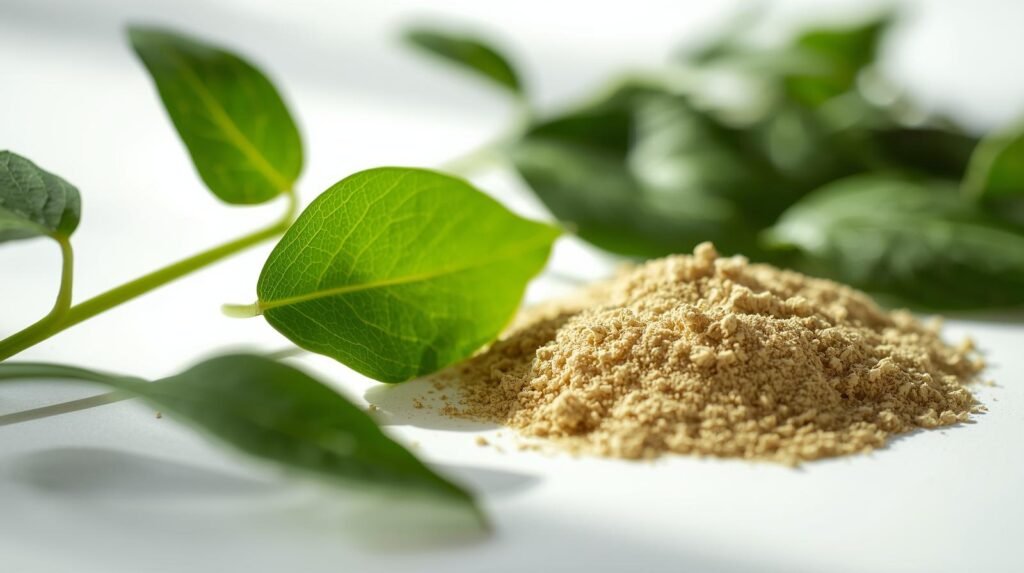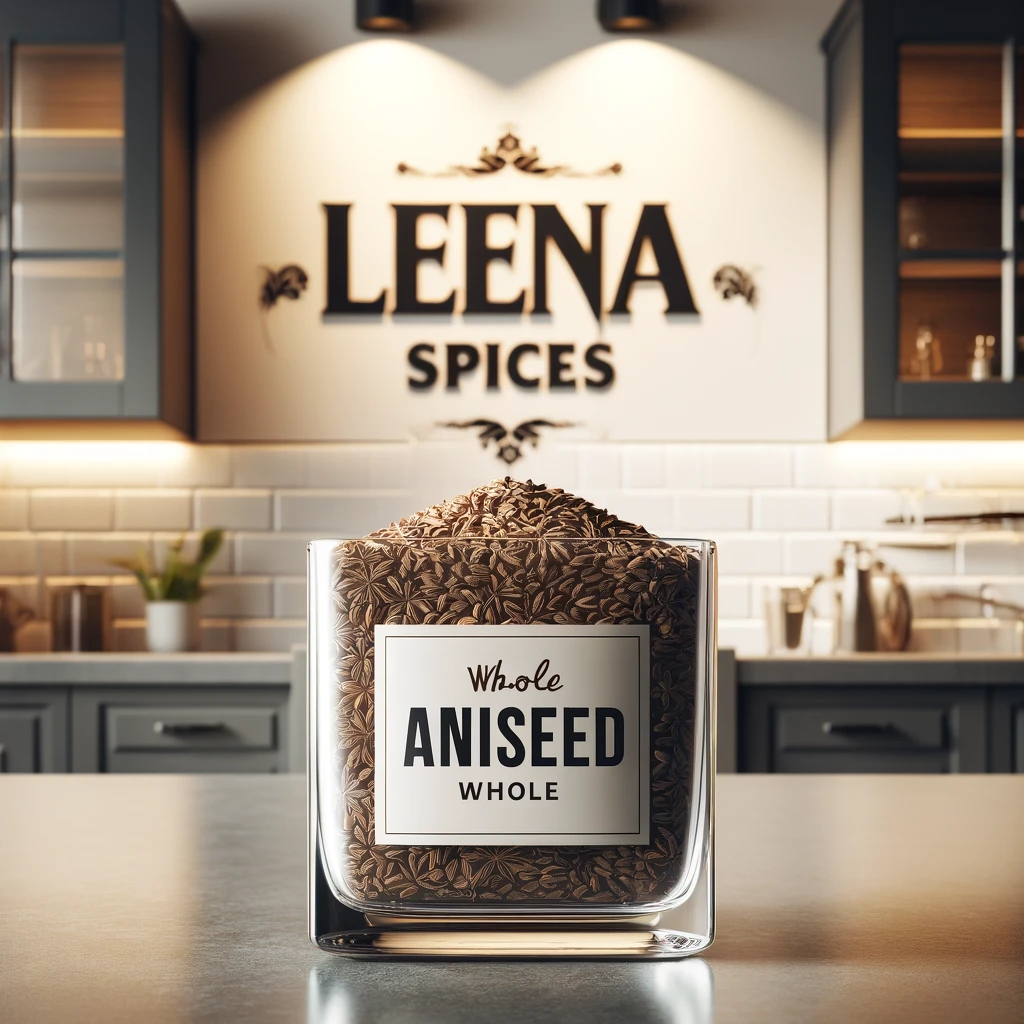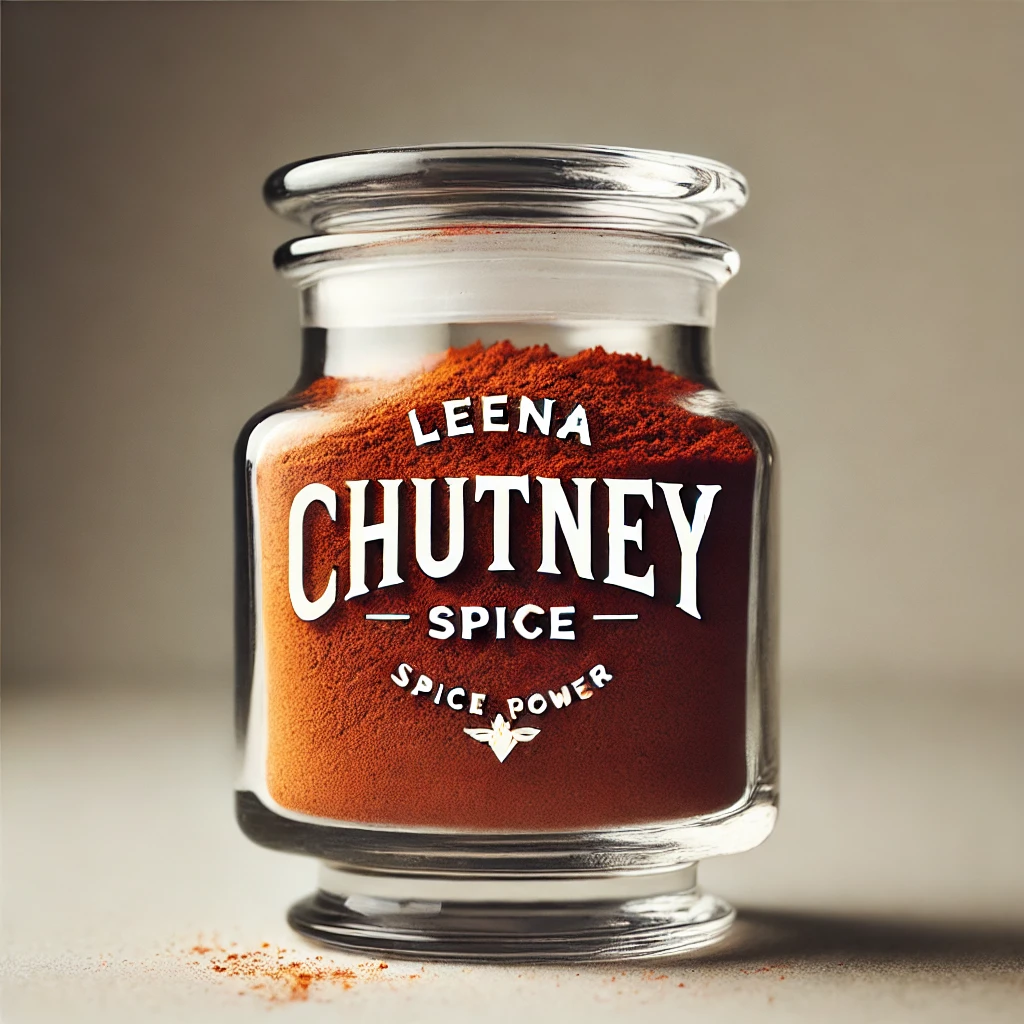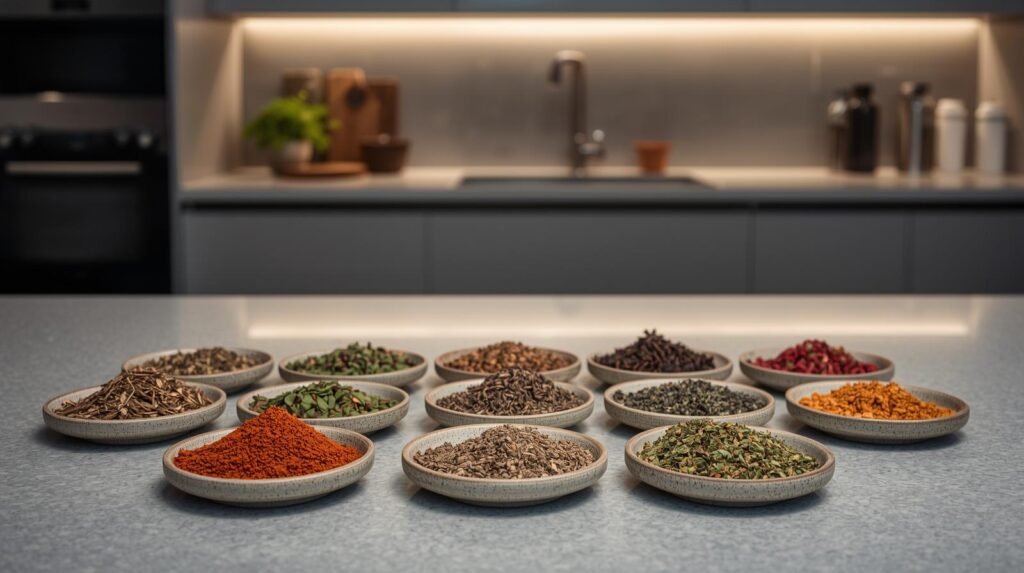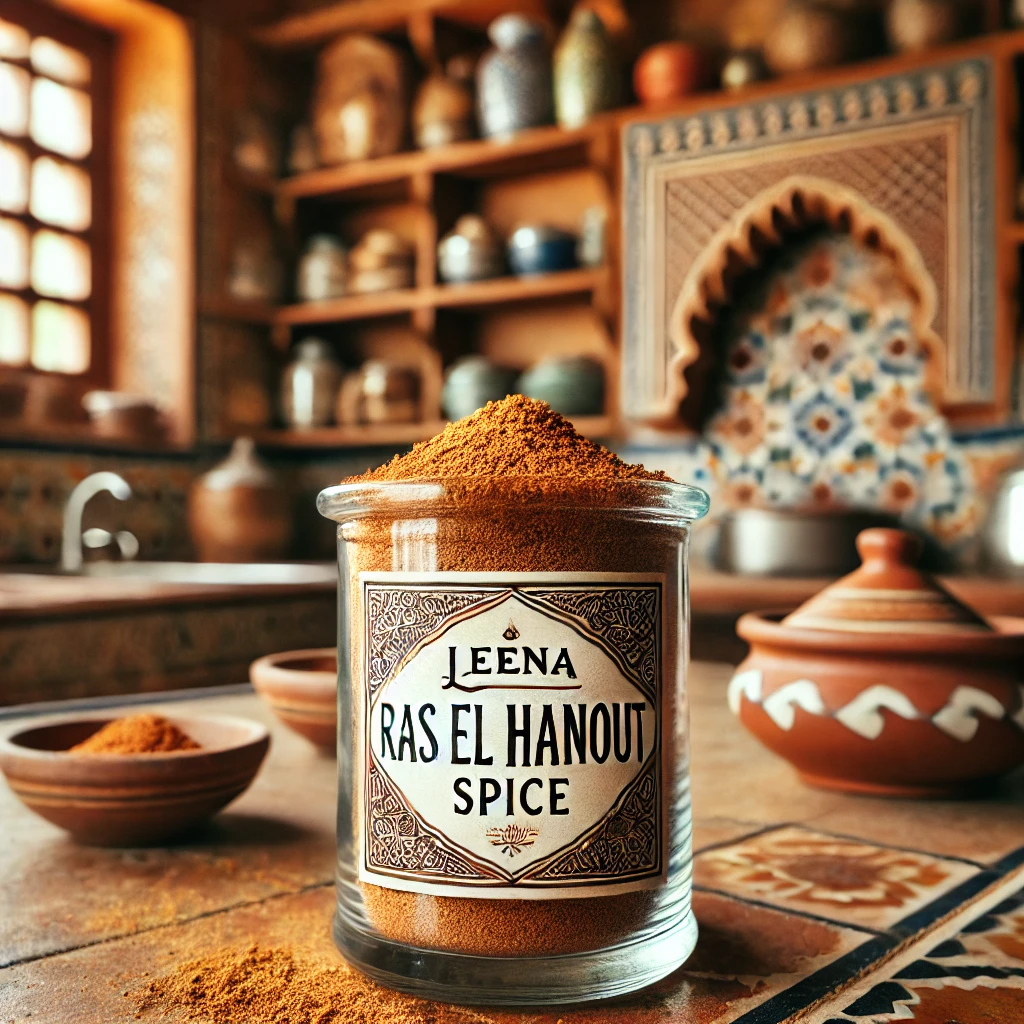What is Asafoetida (Hing) Powder? Cooking Uses, Benefits, and Storage Guide
Why is Asafoetida So Pungent, and Why Does the Smell Dissipate When Cooked?
- What is Asafoetida (Hing)?
- Where Does Asafoetida Come From?
- Why is it Called “Devil’s Dung”?
- Does Asafoetida Contain Gluten?
- Why is Asafoetida So Pungent, and Why Does the Smell Dissipate When Cooked?
- What Dishes is Asafoetida Used In?
- How Do You Use Asafoetida in Cooking?
- How Much Asafoetida Should You Use?
- What is the Best Way to Temper Asafoetida?
- What are the Health Benefits of Asafoetida?
- What are the Side Effects or Risks of Consuming Asafoetida?
- What are Common Substitutes for Asafoetida?
- How Do You Store Asafoetida?
- Frequently Asked Questions (FAQ)
- Conclusion
Key Takeaways
What exactly is asafoetida?
Asafoetida, also known as hing, is a dried resin from the roots of the Ferula plant, valued as a strong aromatic spice in Indian and Middle Eastern cooking.
Why does it have such a strong smell?
Its pungency comes from sulfur compounds, which give it a raw odor similar to garlic or onions. When cooked, the smell mellows into a savory, umami-like flavor.
Is asafoetida gluten-free?
Pure asafoetida resin is naturally gluten-free, but most commercial powders are mixed with wheat flour. Gluten-free versions use rice flour instead.
How is it used in cooking?
Only a pinch is needed. It’s tempered in hot oil or ghee at the start of cooking to release its aroma, then added to dals, curries, and vegetable dishes.
What are the health benefits?
Traditionally, it’s used to aid digestion, reduce bloating, and ease respiratory or menstrual discomfort. It also contains antioxidants and anti-inflammatory compounds.
Are there any risks?
Yes. In large amounts it can cause digestive upset, headaches, or blood-thinning effects. Pregnant women and infants should avoid it.
How long does it last?
If stored in an airtight container away from heat, light, and moisture, asafoetida can stay potent for up to 2 years.
What is Asafoetida (Hing)?
Asafoetida, more commonly known as hing, is a resinous spice obtained from the root of the Ferula plant, a member of the fennel family. In its raw form, it has an intensely pungent, sulfur-like aroma that many find overwhelming. However, once heated in oil or ghee, its sharpness transforms into a smooth, savory, onion-garlic flavor that adds remarkable depth to dishes.
Widely used in Indian cooking, hing is an essential ingredient in curries, dals, pickles, and tempering blends. Because of its strong taste, it is typically used in very small quantities. Beyond flavor, asafoetida is valued in traditional Ayurvedic cooking for its digestive benefits, making it a staple in many vegetarian and vegan recipes where onions and garlic are avoided.
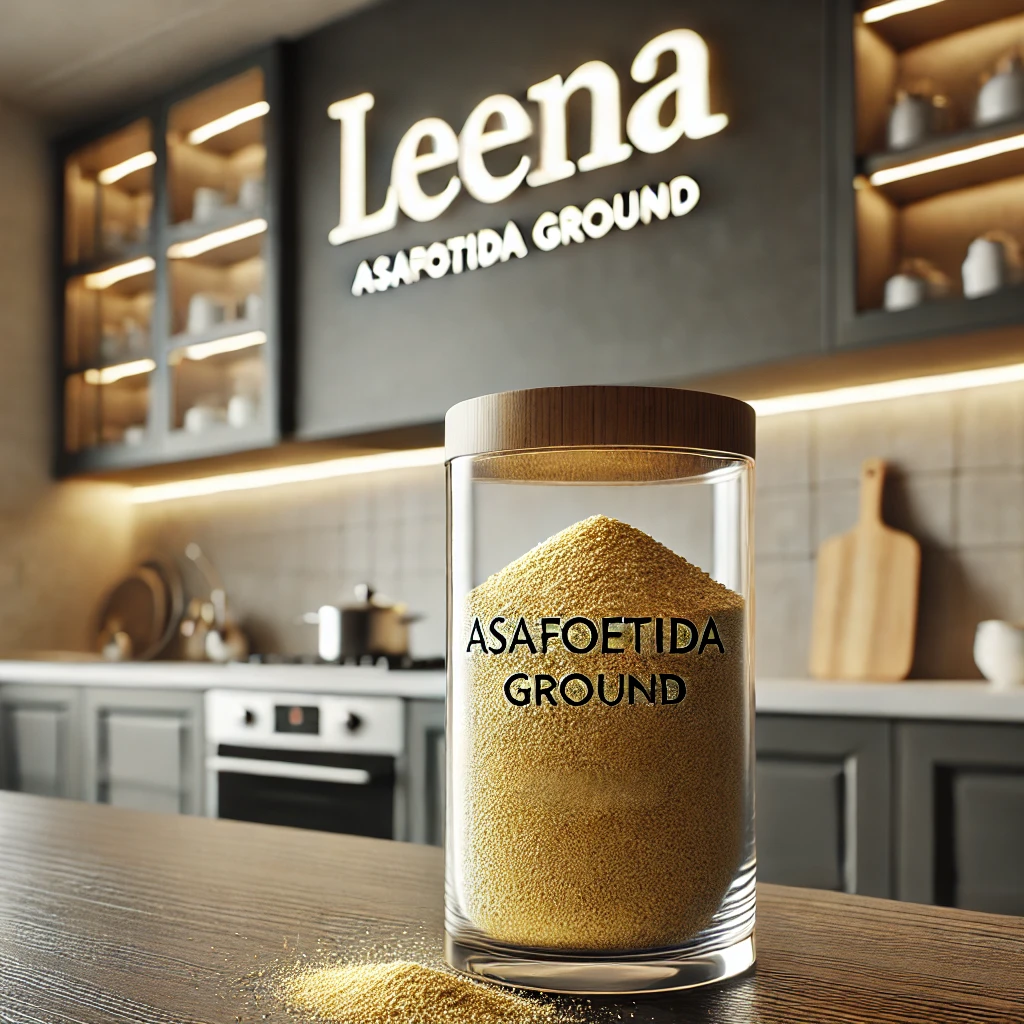
Is Asafoetida the Same as Hing?
Yes, asafoetida and hing are the same spice. The term asafoetida is its English name, while hing is the commonly used Hindi name.
In Indian cooking, hing is prized for the way its strong, pungent aroma transforms into a savory, onion-garlic flavor when cooked. Whether you see it labeled as asafoetida or hing, it’s the same ingredient, widely used to add depth and aroma to curries, dals, and other traditional dishes.
What is Asafoetida Made From?
Asafoetida (hing) is made from the dried resin extracted from the roots and rhizomes of plants in the Ferula genus, most notably Ferula asafoetida. These perennial herbs are native to regions of Iran and Afghanistan, where the spice has been harvested for centuries.
The process begins by cutting into the plant’s thick taproot, which releases a milky sap. This sap slowly hardens into a gum-like resin, which is then dried and collected. In its pure form, the resin is extremely potent, so it is often ground into a fine powder and blended with wheat flour, rice flour, or gum arabic to make it easier to handle and use in cooking.
Where Does Asafoetida Come From?
Asafoetida (hing) is obtained from Ferula plants native to Iran, Afghanistan, and parts of Central Asia. These regions have long been the primary sources of the spice, with Iran and Afghanistan being the leading exporters.
Although the plant grows naturally in the Middle East and Central Asia, India is the largest consumer of asafoetida. The raw resin is imported and then processed locally into the powdered or compounded form commonly used in Indian cooking.
Why is Asafoetida Called "Devil’s Dung"?
Asafoetida has earned the nickname “devil’s dung” because of its extremely strong and pungent raw aroma, which many describe as sulfurous, rotten, or even fecal. The name also reflects its Latin roots: asa means resin, and foetida means stinky.
Despite its off-putting smell in raw form, the magic of asafoetida reveals itself during cooking. When heated in oil or ghee, the harsh odor transforms into a smooth, savory, onion-garlic-like flavor, making it a prized addition to curries, dals, and other traditional dishes.
Does Asafoetida Contain Gluten?
Pure asafoetida (hing), made directly from the resin of the Ferula plant, is naturally gluten-free. However, most commercially available powdered forms are blended with wheat flour or other starches to reduce potency and prevent clumping, which introduces gluten.
For those with gluten intolerance or celiac disease, it’s important to look for pure or certified gluten-free hing, often mixed with rice flour or other gluten-free alternatives, to ensure safe consumption.

Why is Asafoetida So Pungent, and Why Does the Smell Dissipate When Cooked?
Asafoetida’s characteristic pungency comes from its high content of volatile sulfur compounds, including disulfides and ferulic acid, which are also present in onions and garlic. These compounds give raw asafoetida its sharp, sulfurous, onion-like aroma.
When cooked, especially in hot oil or ghee, these volatile compounds break down or evaporate, causing the intense smell to dissipate. What remains is a milder, savory, umami flavor that enriches dishes like dals, curries, and temperings without the harsh raw odor.
What Dishes is Asafoetida Used In?
Asafoetida (hing) is a staple spice in Indian cooking, valued for its ability to add depth, umami, and a subtle savory flavor to a wide range of dishes. It is typically used in small amounts, often just a pinch, during tempering in hot oil or ghee to release its flavor.
Common uses include:
- Lentil and pulse dishes: Essential in dals, sambar, rasam, and other legume-based curries, often added during tempering (tadka).
- Vegetable curries: Enhances dishes like aloo gobi, bhindi masala, cabbage stir-fries, and other root or gas-producing vegetables.
- North Indian specialties: Kadhi, chana masala, aloo methi, saag paneer, and similar curries.
- South Indian cuisine: Used in rasam, curd rice, and vegetable sautés.
- Snacks and accompaniments: Khaman dhokla, vada pav, and other savory snacks.
- Pickles and chutneys: Adds flavor and acts as a natural preservative.
- Jain and Brahmin dishes: Serves as an onion and garlic substitute in diets where these are avoided.
Beyond flavor, asafoetida also aids digestion, making it particularly valuable in vegetarian cuisine.
How Do You Use Asafoetida in Cooking?
Asafoetida (hing) is used sparingly in cooking due to its potent flavor. The key to unlocking its savory, onion-garlic-like aroma is tempering it in hot oil or ghee at the start of cooking. Here’s how to use it effectively:
- Measure carefully: Use a small pinch (about 1/8 to 1/4 teaspoon) because even a tiny amount adds significant flavor.
- Tempering: Heat oil or ghee in a pan, then add the asafoetida. Allow it to sizzle for 20–30 seconds until it becomes fragrant and the aroma mellows. Avoid burning, as it can turn bitter.
- Add other ingredients: Once tempered, add your spices, vegetables, lentils, or other ingredients as per your recipe.
- In dishes: Ideal for dals, curries, sambar, rasam, vegetable stir-fries, and foods that can cause gas (like beans, cauliflower, or cabbage).
- Substitute for onion and garlic: Perfect for Jain, Kashmiri, or other recipes where onion and garlic are avoided.
- Storage: Keep asafoetida in an airtight container to preserve its aroma and prevent it from affecting other spices.
By following this method, the raw pungency transforms into a smooth, savory, umami flavor that enhances your dishes without overpowering them.
How Much Asafoetida Should You Use?
Asafoetida (hing) is extremely potent, so only a small amount is needed to flavor a dish. Typically:
- A pinch (roughly 1/8 teaspoon) is sufficient for most recipes serving 4–6 people.
- For slightly larger dishes, you can use up to 1/4 teaspoon, but it’s best to start small and adjust gradually.
- Always dissolve it in hot oil or ghee for 20–30 seconds during tempering to mellow its raw pungency before adding other ingredients.
Using too much can easily overpower the dish or create a bitter taste, so moderation is key.
What is the Best Way to Temper Asafoetida?
Tempering asafoetida (hing) properly is essential to unlock its savory, onion-like flavor without bitterness. Here’s the recommended method:
- Heat the fat: Warm 1–2 teaspoons of oil or ghee in a small pan over low to medium heat. Ensure it’s hot but not smoking.
- Add hing: Sprinkle a small pinch (1/8–1/4 teaspoon) of asafoetida powder into the hot oil or ghee.
- Fry briefly: Stir for 5–15 seconds until it sizzles and releases a fragrant, savory aroma. Avoid overcooking, as hing burns quickly and becomes bitter.
- Combine with other spices: You can add cumin, mustard seeds, or other tempering spices before or after the hing, depending on the recipe.
- Add to the dish: Immediately pour the tempered mixture into dals, curries, vegetables, or soups to infuse flavor throughout.
This brief tempering process, known as tadka, mellows the raw pungency of asafoetida and brings out its smooth, umami-rich flavor, making it an indispensable step in many Indian dishes.
What Are the Health Benefits of Asafoetida?
Asafoetida (hing) is not only valued for its flavor but also for its numerous health benefits, many of which are recognized in traditional Indian medicine and supported by modern research. These benefits are largely attributed to its bioactive compounds, including sulfur-containing substances and antioxidants.
Key health benefits include:
- Aids Digestion: Helps relieve bloating, gas, flatulence, and indigestion by stimulating digestive enzymes. It is especially useful in vegetarian diets with lentils and legumes.
- Anti-inflammatory and Antioxidant Effects: Compounds like ferulic acid help reduce inflammation and protect cells from oxidative stress.
- Antispasmodic Properties: Eases stomach cramps, muscle spasms, and menstrual pain.
- Respiratory Support: Acts as a natural expectorant, assisting in conditions like asthma, bronchitis, and cough by loosening mucus.
- Antimicrobial Activity: May help combat certain bacteria and fungi, supporting gut health and immunity.
- Cardiovascular Support: Some studies suggest it may help lower blood pressure and support heart health.
- Traditional Uses: Historically used to treat colic in infants and as a general digestive aid.
While asafoetida can be included in everyday cooking for these benefits, it is used in small amounts, and medicinal applications should be discussed with a healthcare professional.
What Are the Side Effects or Risks of Consuming Asafoetida?
When used in small amounts in cooking, asafoetida (hing) is generally safe for most people. However, consuming it in large doses or using it for medicinal purposes may carry certain risks. Key side effects and precautions include:
- Digestive issues: Excessive intake can cause gas, bloating, nausea, vomiting, or diarrhea.
- Allergic reactions: Some individuals may experience skin rashes, swelling, or respiratory irritation.
- Headaches and dizziness: High doses may trigger headaches, dizziness, or fainting.
- Blood-thinning effects: Asafoetida can affect clotting, increasing bleeding risk, especially for those on anticoagulant medications.
- Blood pressure changes: It may lower or, in some cases, raise blood pressure, so caution is advised for people with hypertension or hypotension.
- Pregnancy and breastfeeding: Large amounts may stimulate uterine contractions or affect infants, so it is not recommended during pregnancy or breastfeeding.
- Infants and children: Avoid giving asafoetida to babies due to the risk of blood disorders like methemoglobinemia.
- Medical precautions: Individuals with bleeding disorders, epilepsy, gastrointestinal infections, or those preparing for surgery should consult a doctor before using asafoetida.
Using moderate culinary amounts (typically a pinch or 1/8–1/4 teaspoon per dish) minimizes risks while still benefiting from its flavor and digestive properties.
Common Substitutes for Asafoetida
If you don’t have asafoetida (hing) on hand, these ingredients can replicate its pungent, savory, and umami flavor to varying degrees:
- Garlic and Onion: The most common substitute. Use fresh minced or powdered forms.
- Garlic Powder: Adds similar umami notes; milder than hing.
- Onion Powder: Provides savory depth; use in combination with garlic for best results.
- Leeks, Shallots, or Chives: Finely chopped and sautéed; milder alternative.
- Black Salt (Kala Namak): Offers a sulfurous, pungent flavor, especially useful in vegan or chaat recipes.
- Fenugreek Seeds or Dried Fenugreek Leaves (Kasuri Methi): Imparts a slightly bitter, nutty note.
- Cumin and Coriander Powder Blend: Can add some umami, though it doesn’t mimic hing exactly.
Tip: Adjust quantities to taste, as none of these substitutes fully replicate asafoetida’s unique aroma.
How Do You Store Asafoetida?
Proper storage is key to preserving asafoetida’s flavor and aroma. Follow these guidelines:
- Use an airtight container: Glass jars or food-grade plastic containers with tight-fitting lids are ideal to contain its strong odor.
- Keep it cool and dry: Store away from heat, sunlight, and moisture to maintain potency. Avoid refrigeration, as humidity can cause clumping.
- Separate from other spices: To prevent its pungent aroma from transferring, store asafoetida away from other ingredients.
- Optional moisture control: Adding a few uncooked rice grains or a silica gel packet can help absorb excess moisture.
- Shelf life: When stored properly, asafoetida can retain its quality for up to 1–2 years.
Regularly check for clumping, discoloration, or loss of aroma to ensure it remains fresh and flavorful.
Frequently Asked Questions (FAQ) About Asafoetida
What is asafoetida made from?
Asafoetida is a dried latex (gum resin) obtained from the roots of the Ferula plant, commonly found in Iran and Afghanistan.
Why is asafoetida called "hing"?
“Hing” is the Hindi name for asafoetida, widely used in Indian cooking and Ayurveda.
How do you use asafoetida in daily cooking?
Add a pinch to hot oil or ghee during tempering (tadka) before adding other ingredients. Cooking mellows its pungency and develops a savory, onion-garlic-like flavor.
Can I use asafoetida as a substitute for onion and garlic?
Yes. Many vegetarian communities (such as Jains) use asafoetida in place of onion and garlic to replicate their flavor while adhering to dietary restrictions.
How much asafoetida should I use in a dish?
A very small amount—usually 1/8 to 1/4 teaspoon per dish serving 4–6 people. Overuse can make food bitter.
What are the health benefits of asafoetida?
It may aid digestion, reduce gas, relieve respiratory issues, ease menstrual cramps, and act as an antioxidant and anti-inflammatory agent.
Are there side effects of using asafoetida?
In large amounts, it can cause nausea, headaches, low blood pressure, or bleeding risks. Pregnant and breastfeeding women, infants, and people with bleeding disorders should avoid it.
What are common substitutes for asafoetida?
Garlic, onion, leeks, chives, fenugreek seeds, and black salt (kala namak) can be used as alternatives.
How do you store asafoetida properly?
Keep it in an airtight glass or metal container, stored in a cool, dry, dark place. Store separately to prevent its strong aroma from affecting other spices.
How long does asafoetida last?
When stored correctly, it stays fresh and aromatic for up to 1–2 years.
Conclusion
Asafoetida, or hing, may be one of the most pungent spices in the pantry, but when used correctly, it transforms dishes with a rich, savory depth that is hard to replicate. From enhancing dals and curries to acting as a natural substitute for onion and garlic, its culinary and medicinal value has made it a staple in Indian kitchens for centuries. With its strong aroma, powerful health benefits, and unique flavor, asafoetida proves that sometimes, a tiny pinch is all it takes to elevate food from ordinary to unforgettable.



